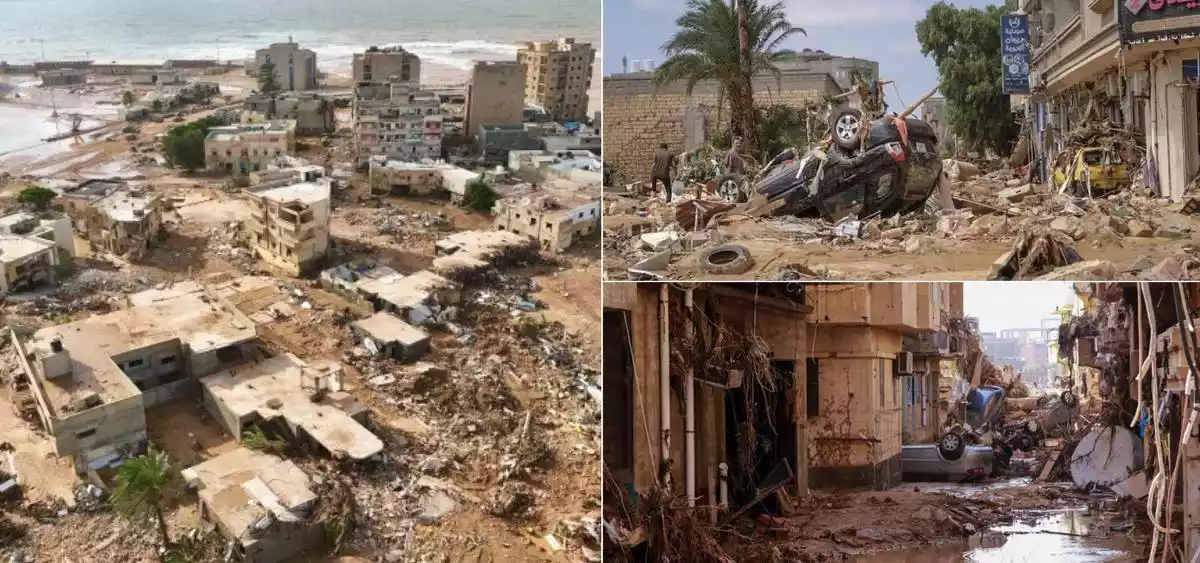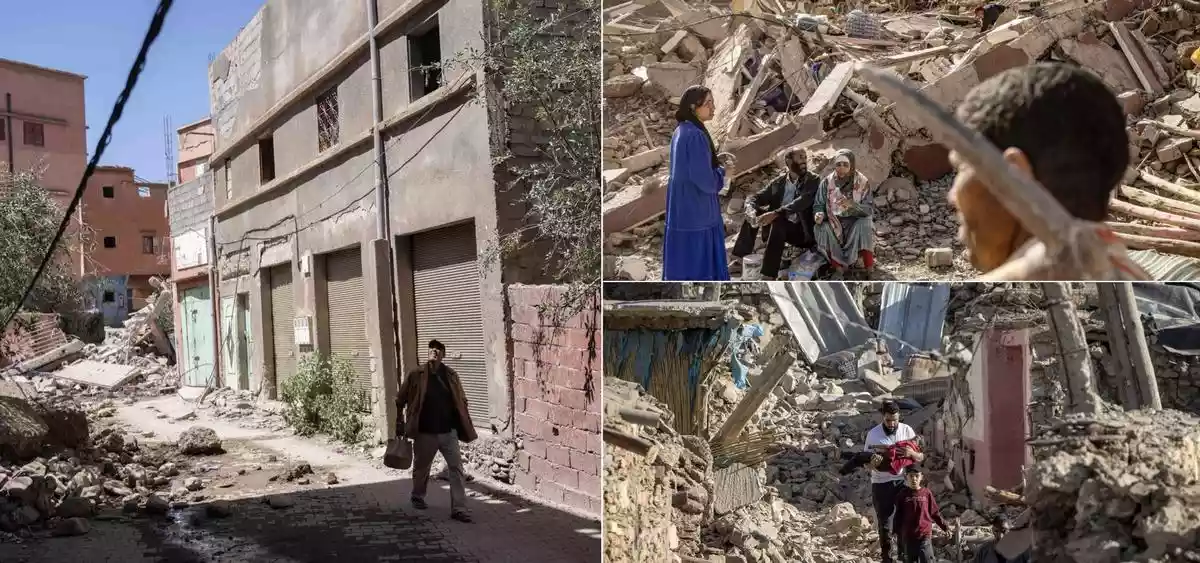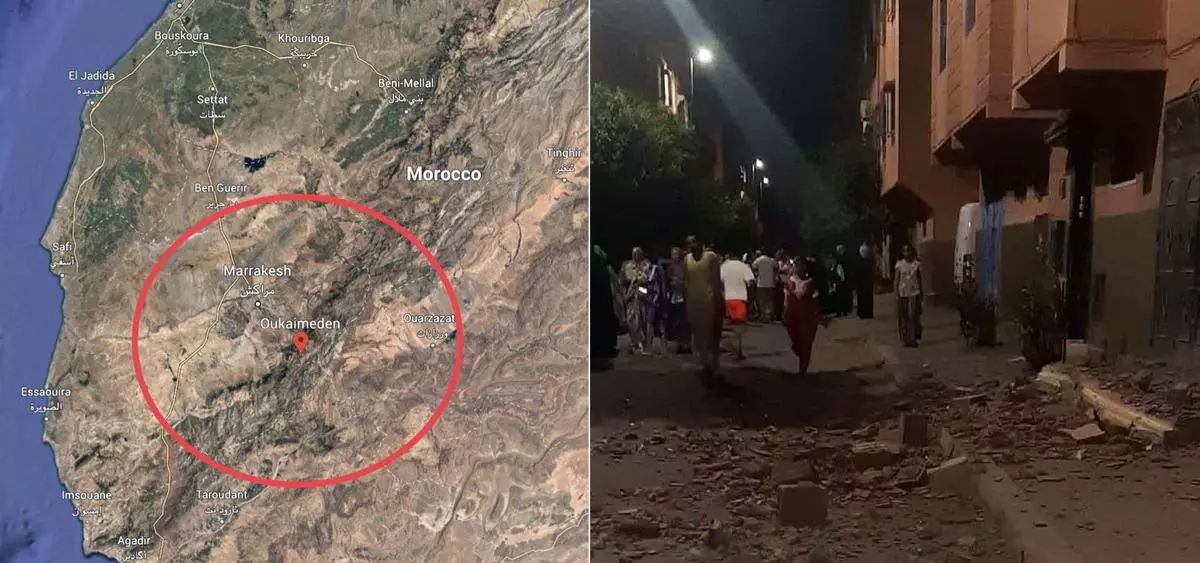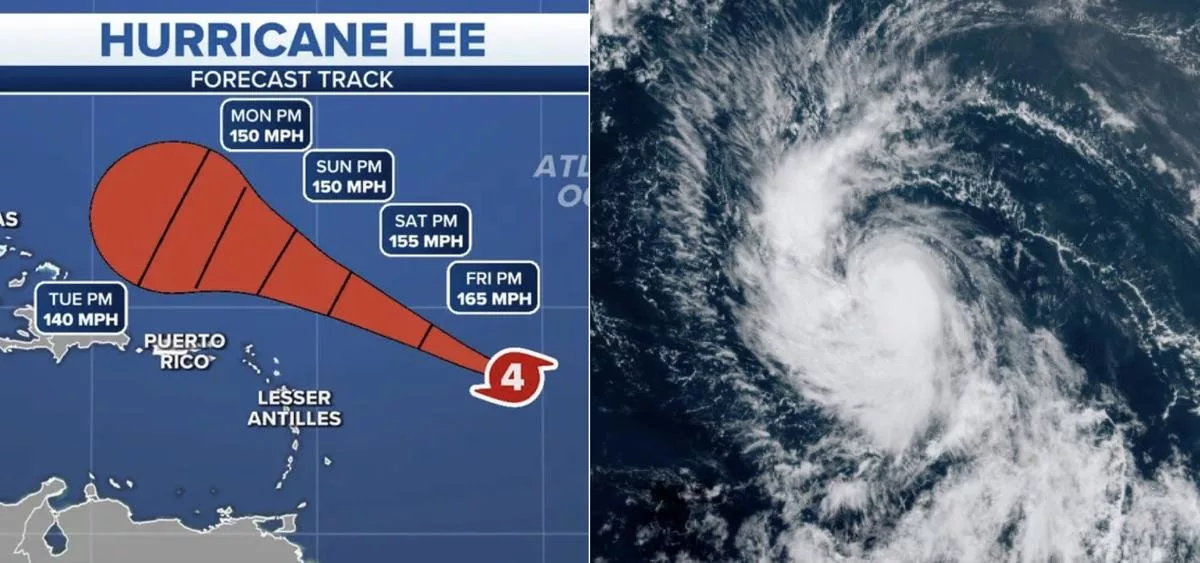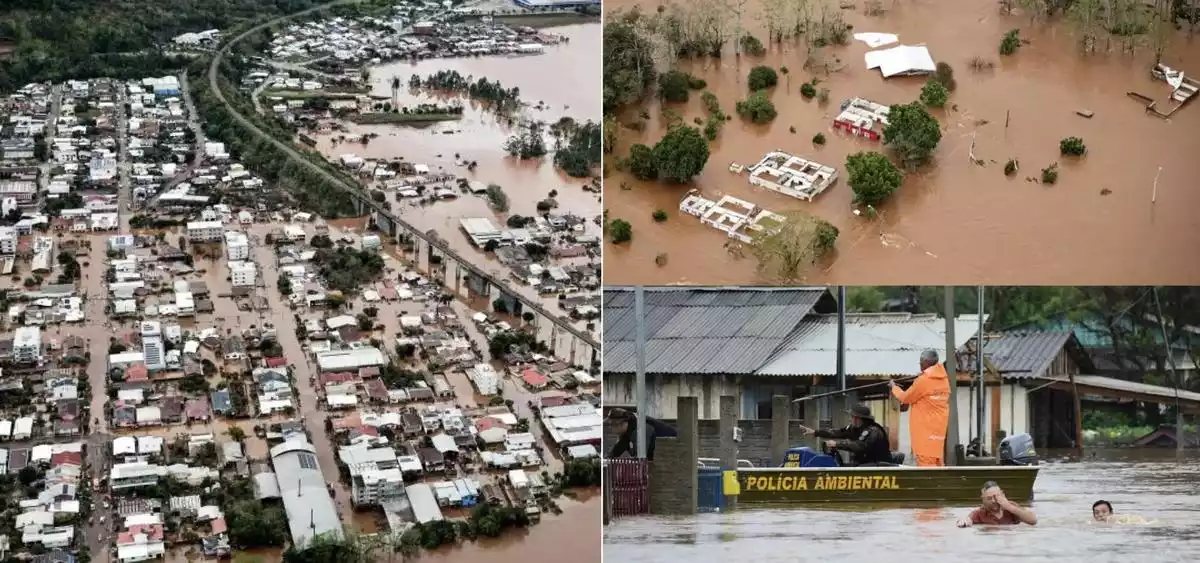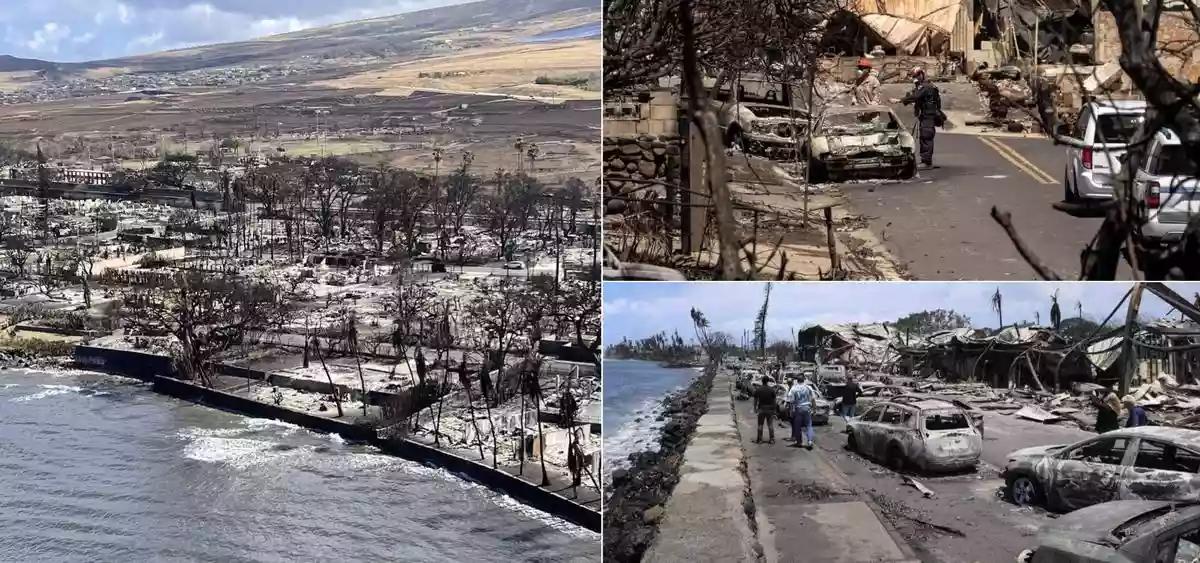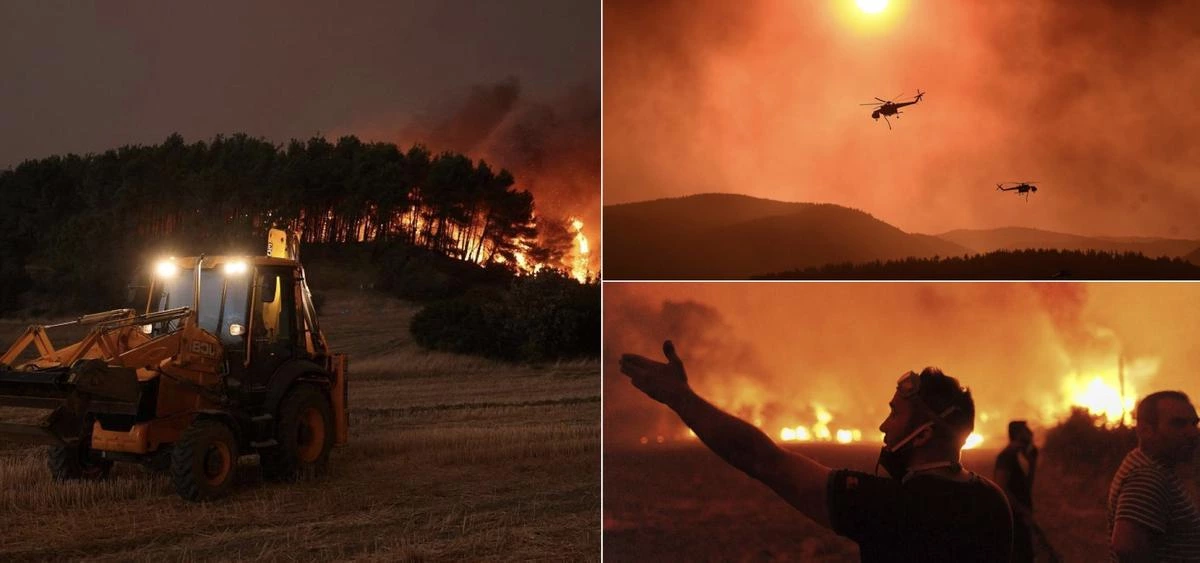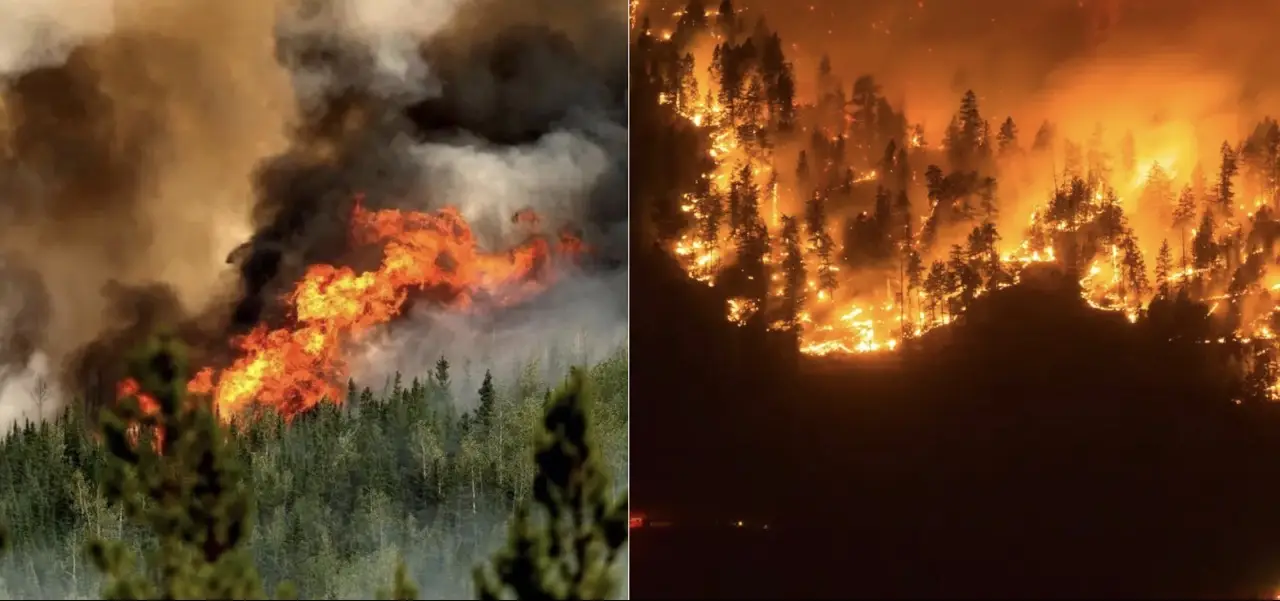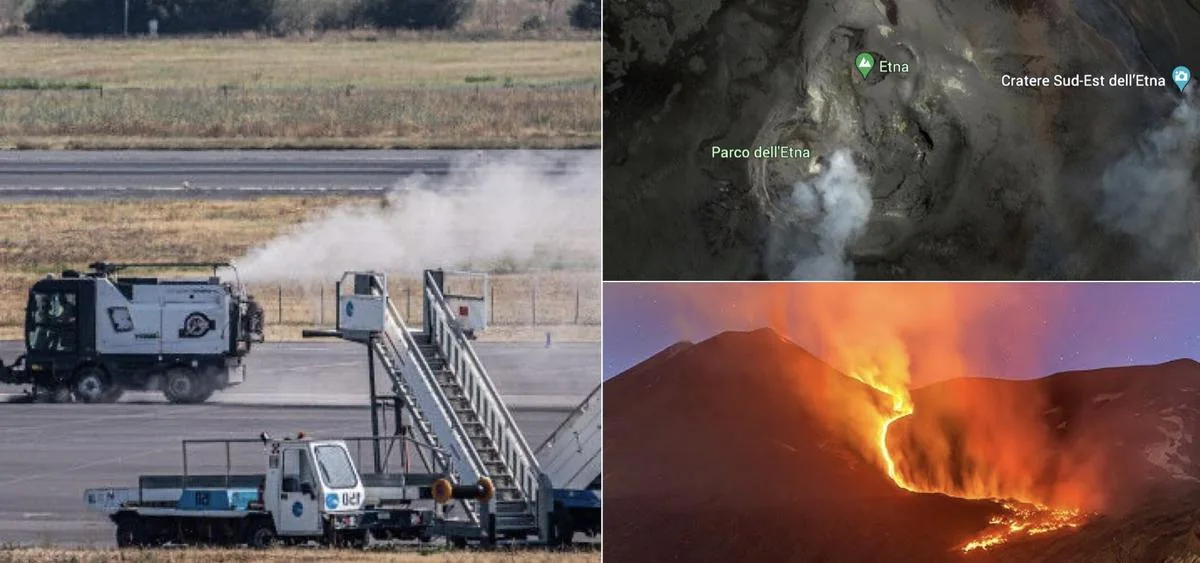Discover the urgent environmental crisis unfolding in the majestic Himalayan region, as the glaciers that have shaped the landscape for centuries face unprecedented melting. Explore the causes, consequences, and necessary actions to address the Himalayan glacier crisis.
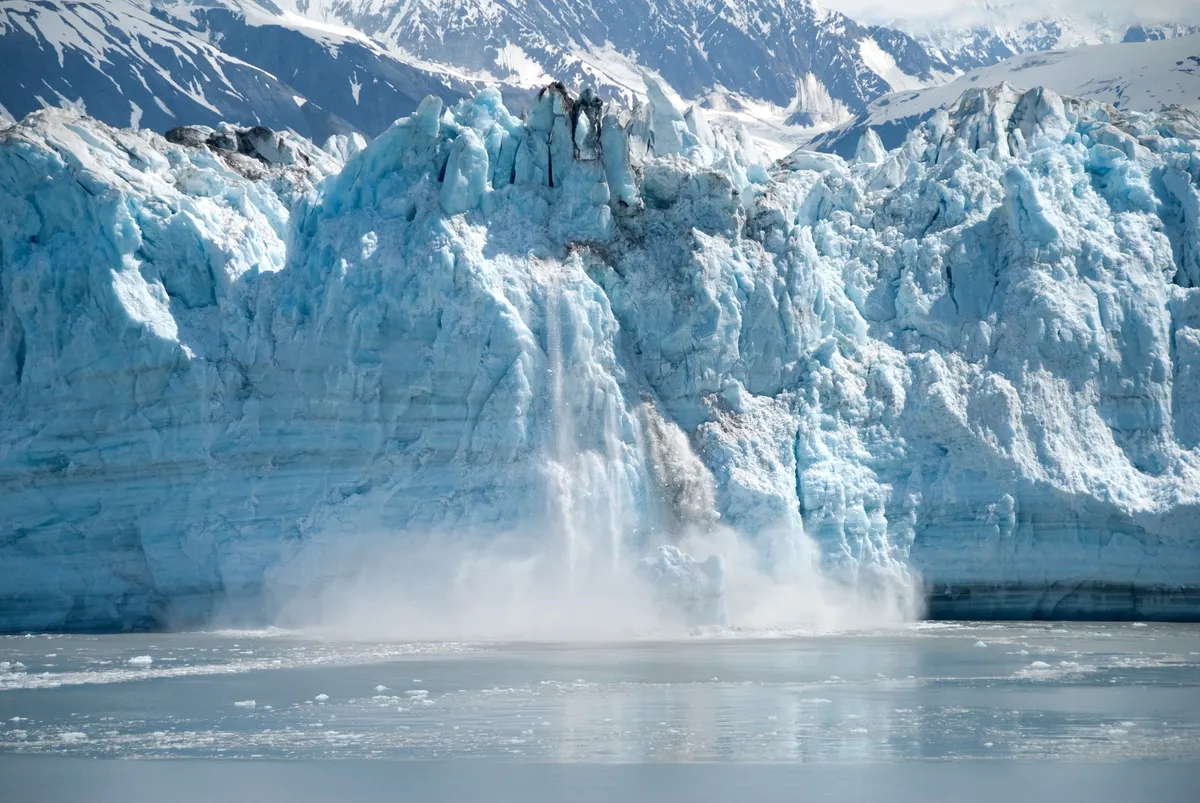
Photo Credit: Raw Pixel
The Himalayan region, spanning across countries such as India, Nepal, Bhutan, and Tibet, is renowned for its breathtaking mountains and vast glaciers. These glaciers not only captivate the imagination but also serve a critical role in maintaining ecological balance and providing freshwater resources to millions of people downstream.
Glaciers in the Himalayas act as natural reservoirs, often referred to as Ice stupas “water towers,” supplying major rivers like the Ganges, Indus, and Brahmaputra. They store enormous amounts of freshwater in the form of ice and release it during dry seasons, ensuring a consistent flow in rivers and sustaining agriculture, hydropower generation, and overall ecosystem health.
The Himalayan glacier crisis arises from two closely intertwined factors: climate change and human activities. Climate change, predominantly caused by human-induced greenhouse gas emissions, has resulted in global warming, leading to rising temperatures worldwide. The Himalayan region has experienced an amplified warming trend, with temperatures increasing at a rate higher than the global average. Consequently, the glaciers in the Himalayas are rapidly melting, causing significant reductions in their size and volume.
The region’s rapid industrialization, urbanization, and increased energy consumption have contributed to the emission of greenhouse gases such as carbon dioxide and methane. These gases trap heat in the atmosphere, causing the greenhouse effect and subsequent global warming. The reliance on fossil fuels for energy production, transportation, and manufacturing processes has been a major driver of greenhouse gas emissions in the Himalayan region.
Deforestation, primarily driven by agricultural expansion, logging, and infrastructure development, has further exacerbated the Himalayan glacier crisis. Forests play a critical role in regulating local weather patterns by absorbing carbon dioxide, releasing oxygen, and influencing rainfall. The loss of forest cover diminishes the region’s capacity to retain moisture, disrupts precipitation patterns, and accelerates glacier melt.
The consequences of the Himalayan glacier crisis extend to both the natural environment and human societies. The retreat of glaciers in the Himalayas leads to a decline in the availability of freshwater resources. As glaciers shrink, the volume of meltwater decreases, affecting the flow of rivers downstream. This reduction in water supply poses a significant threat to agriculture, drinking water sources, and hydropower generation, all of which heavily rely on glacial meltwater.
One particularly alarming consequence is the increased risk of Glacial Lake Outburst Floods (GLOFs). GLOFs occur when water held by a glacier-dammed lake is suddenly released, often due to the melting or collapse of surrounding glaciers. The accelerated melting of Himalayan glaciers has led to the formation and expansion of these lakes, heightening the likelihood of catastrophic floods. GLOFs can cause widespread destruction, loss of life, and displacement of communities residing in downstream areas.
Glaciers in the Himalayas support unique ecosystems that harbor diverse flora and fauna. The accelerated melting disrupts these ecosystems, leading to the loss of specialized species adapted to cold and high-altitude environments. This loss of biodiversity can have cascading effects on the entire food chain and ecosystem functioning, impacting both terrestrial and aquatic habitats.
The Himalayan glacier crisis poses significant socio-economic challenges for communities in the region. Agriculture, which heavily relies on glacial meltwater for irrigation, faces increased water scarcity and decreased crop yields. The loss of livelihoods and agricultural productivity can result in food insecurity and economic instability. Additionally, the increased risk of natural disasters, such as GLOFs, can lead to the displacement of communities and strain already limited resources.
Addressing the Himalayan glacier crisis requires concerted efforts on a global scale. Mitigating climate change and reducing greenhouse gas emissions are crucial to slowing down the rate of global warming. Transitioning to clean and renewable sources of energy, improving energy efficiency, and adopting sustainable practices in industries can contribute to mitigating the impacts of climate change on the Himalayan glaciers.
Protecting and restoring forest ecosystems in the Himalayan region is vital for maintaining local climate patterns, preserving biodiversity, and reducing soil erosion. Reforestation initiatives, along with sustainable land management practices, can help mitigate the effects of deforestation and contribute to carbon sequestration.
Considering the inevitability of some level of glacier retreat, adaptation strategies are essential to cope with the impacts of the Himalayan glacier crisis. Efficient water management practices, such as rainwater harvesting, watershed management, and water-use efficiency measures, can help optimize water resources in the region. Implementing water conservation techniques in agriculture and promoting sustainable irrigation practices can minimize the negative effects of reduced water availability.
Developing robust disaster preparedness plans and early warning systems for GLOFs can help minimize the loss of life and infrastructure. Investing in infrastructure development, community-based disaster management initiatives, and education and awareness programs can enhance resilience and response capabilities.
Addressing the Himalayan glacier crisis requires international collaboration, policy interventions, and financial support. Countries in the Himalayan region must collaborate and share knowledge, experiences, and best practices to tackle the common challenges posed by the glacier crisis. Establishing regional frameworks for data collection, research, and policy development can facilitate effective decision-making and resource allocation. International organizations, donor agencies, and developed nations should allocate adequate funding and resources to support climate change adaptation and resilience-building efforts in the Himalayan region. Financial mechanisms, such as the Green Climate Fund, can provide financial assistance to developing countries for implementing adaptation projects.
In conclusion, the Himalayan glacier crisis represents a significant environmental and humanitarian challenge. Urgent action is required to mitigate greenhouse gas emissions, conserve forests, and implement adaptation strategies to minimize the impacts on ecosystems and communities dependent on glacial meltwater. The collaboration of governments, scientific communities, civil society, and individuals is essential in addressing this crisis and ensuring a sustainable future for the Himalayan region and its people.
Stay connected with Today On Globe for the latest Global Issues and News Updates.
Explore more related articles at [TOG News / TOG Article]


